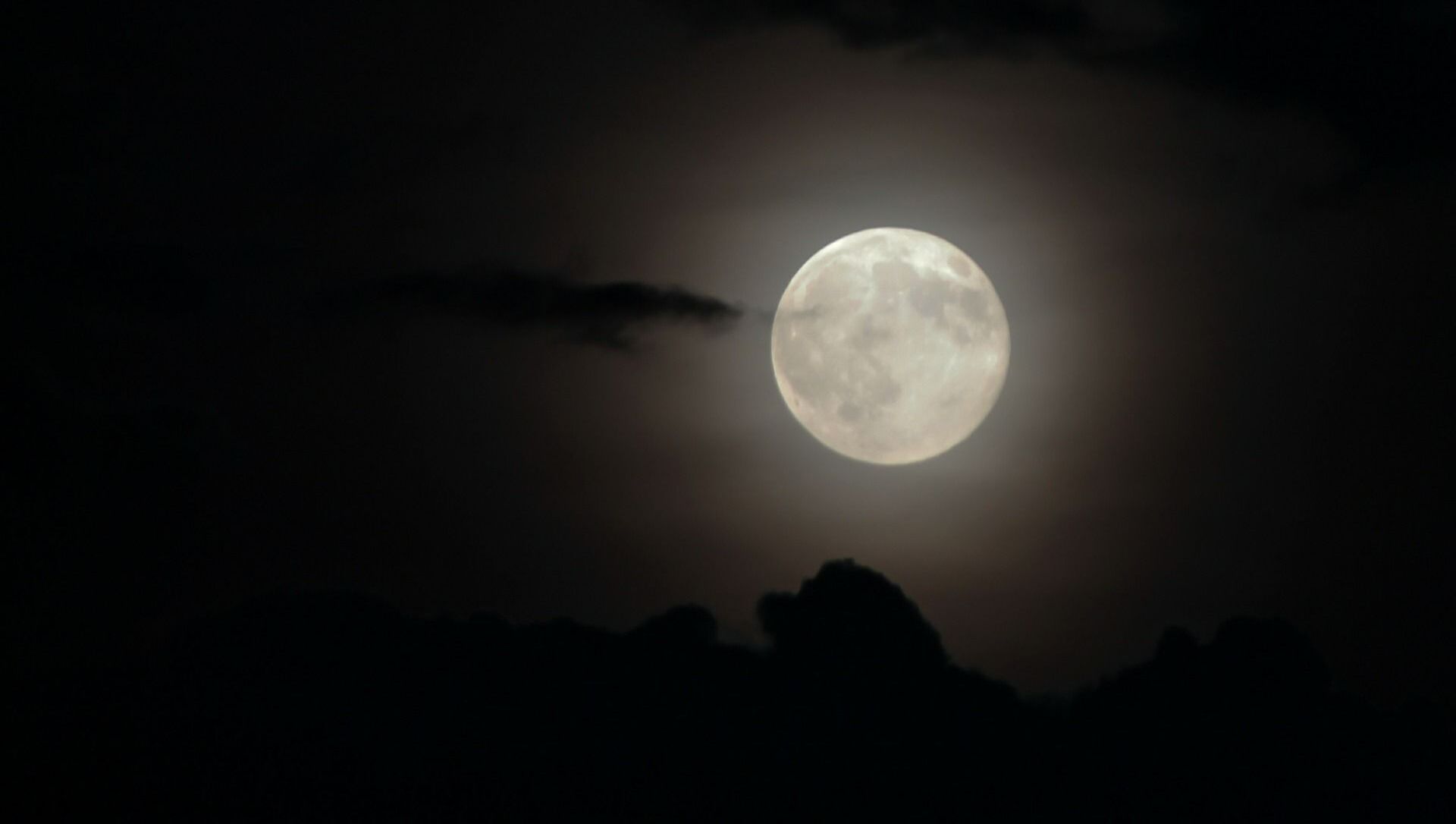https://sputnikglobe.com/20210805/moons-short-lived-magnetic-field-may-have-died-4-billion-years-ago-study-reveals-1083533555.html
Moon's Short-Lived Magnetic Field May Have Died 4 Billion Years Ago, Study Reveals
Moon's Short-Lived Magnetic Field May Have Died 4 Billion Years Ago, Study Reveals
Sputnik International
According to scientists, studying the soil from the lunar surface can provide insights into the sun's past physical properties, which will ultimately help us... 05.08.2021, Sputnik International
2021-08-05T12:38+0000
2021-08-05T12:38+0000
2021-08-05T12:38+0000
newsfeed
world
moon
apollo
lunar mission
meteors
https://cdn1.img.sputnikglobe.com/img/07e4/0a/01/1080629430_0:298:1920:1384_1920x0_80_0_0_28a862c4c8c3746a460f241d7c16e194.jpg
A team of researchers has revealed that the magnetic field of the moon fizzled out at least four billion years ago. After the moon was formed around 4.5 billion years ago, it started generating a magnetic field that could deflect charged particles from the sun.After studying moon rock, the team found that the lunar magnetic field ceased to exist at least 4 billion years ago.The scientists' findings have been published in Science Advances journal.Around a decade ago, astronauts of the Apollo mission brought back magnetised lunar rocks that indicated for the first time the moon once had an "internal dynamo", inside which molten and iron-rich rock is present in the core of the moon that gave rise to a magnetic field. However, it was unclear for how long this phenomenon lasted.John Tarduno, a geophysicist at the University of Rochester in New York, is the lead author of the study and said that the core of the moon is extremely small.In this new study, Tarduno and his colleagues examined the magnetisation of few samples of the rock samples collected during the Apollo mission."Analysing the magnetism of tiny shards of metal trapped in crystals in rock dating to 3.9 billion, 3.6 billion, 3.3 billion, and 3.2 billion years ago showed that those rocks were barely magnetised at all," the study stated.After rigorous observation, the team suggested that the magnetisation of the glass happened because the meteorite impact that also formed the glass itself and has not generated a magnetic field for at least four billion years.In the past, several studies have pointed out that a meteorite impact can produce strong magnetisation in rocks. In their study, the scientists also informed that the lunar surface has been repeatedly battered by meteorites over time."This means that other relatively young and highly magnetised lunar samples that researchers have puzzled over may have got their magnetisation this way," Tarduno said.
Sputnik International
feedback@sputniknews.com
+74956456601
MIA „Rossiya Segodnya“
2021
Sushmita Panda
https://cdn1.img.sputnikglobe.com/img/07e5/05/12/1082926186_0:0:2048:2048_100x100_80_0_0_4474d0d7e27a36878eb8727832be74b4.jpg
Sushmita Panda
https://cdn1.img.sputnikglobe.com/img/07e5/05/12/1082926186_0:0:2048:2048_100x100_80_0_0_4474d0d7e27a36878eb8727832be74b4.jpg
News
en_EN
Sputnik International
feedback@sputniknews.com
+74956456601
MIA „Rossiya Segodnya“
Sputnik International
feedback@sputniknews.com
+74956456601
MIA „Rossiya Segodnya“
Sushmita Panda
https://cdn1.img.sputnikglobe.com/img/07e5/05/12/1082926186_0:0:2048:2048_100x100_80_0_0_4474d0d7e27a36878eb8727832be74b4.jpg
newsfeed, moon, apollo, lunar mission, meteors
newsfeed, moon, apollo, lunar mission, meteors
Moon's Short-Lived Magnetic Field May Have Died 4 Billion Years Ago, Study Reveals
According to scientists, studying the soil from the lunar surface can provide insights into the sun's past physical properties, which will ultimately help us to understand the conditions on the early Earth better.
A team of researchers has revealed that the magnetic field of the moon fizzled out at least four billion years ago. After the moon was formed around 4.5 billion years ago, it started generating a magnetic field that could deflect charged particles from the sun.
After studying moon rock, the team found that the lunar magnetic field ceased to exist at least 4 billion years ago.
The scientists' findings have been published in Science Advances journal.
Around a decade ago, astronauts of the
Apollo mission brought back magnetised lunar rocks that indicated for the first time the moon once had an "internal dynamo", inside which molten and iron-rich rock is present in the core of the moon that gave rise to a magnetic field. However, it was unclear for how long this phenomenon lasted.
John Tarduno, a geophysicist at the University of Rochester in New York, is the lead author of the study and said that the core of the moon is extremely small.
In this new study, Tarduno and his colleagues examined the magnetisation of few samples of the rock samples collected during the Apollo mission.
"Analysing the magnetism of tiny shards of metal trapped in crystals in rock dating to 3.9 billion, 3.6 billion, 3.3 billion, and 3.2 billion years ago showed that those rocks were barely magnetised at all," the study stated.
"But the analyses also found that a piece of lunar glass formed during a meteorite impact about two million years ago had a strong magnetic field — just a little weaker than Earth’s today. That’s odd because everyone agrees there isn’t a magnetic field on the moon now, and there wasn’t one two million years ago. How does this happen," Tarduno said.
After rigorous observation, the team suggested that the magnetisation of the glass happened because the meteorite impact that also formed the glass itself and has not generated a magnetic field for at least four billion years.
In the past, several studies have pointed out that a meteorite impact can produce strong magnetisation in rocks. In their study, the scientists also informed that the lunar surface has been repeatedly battered by meteorites over time.
"This means that other relatively young and highly magnetised
lunar samples that researchers have puzzled over may have got their magnetisation this way," Tarduno said.



